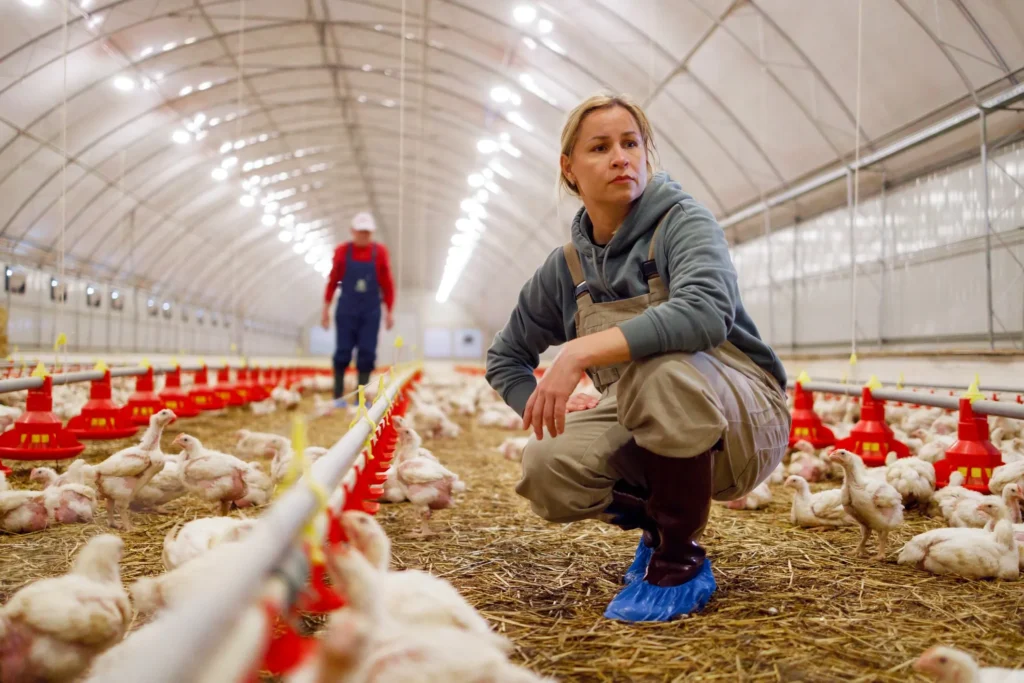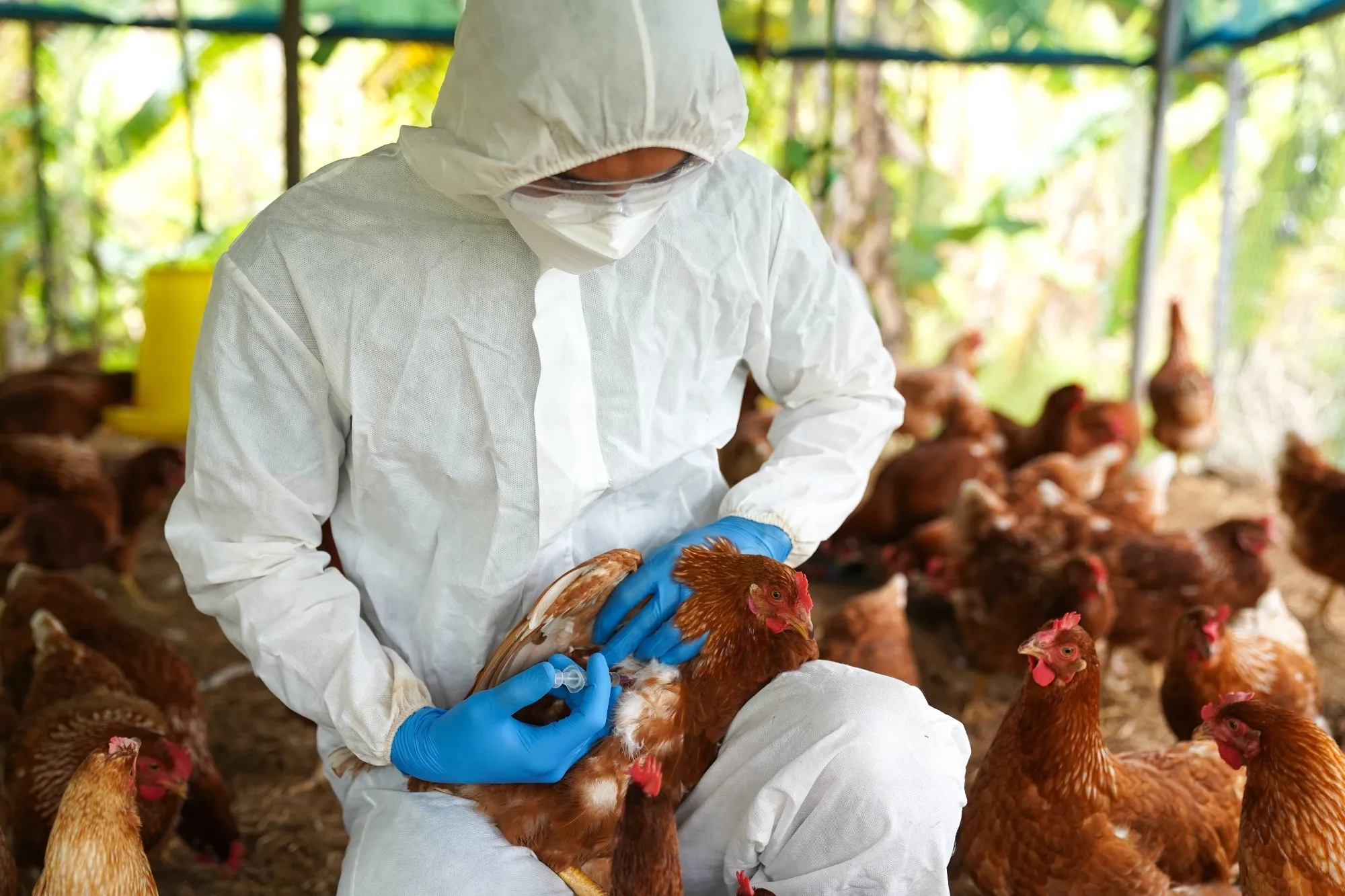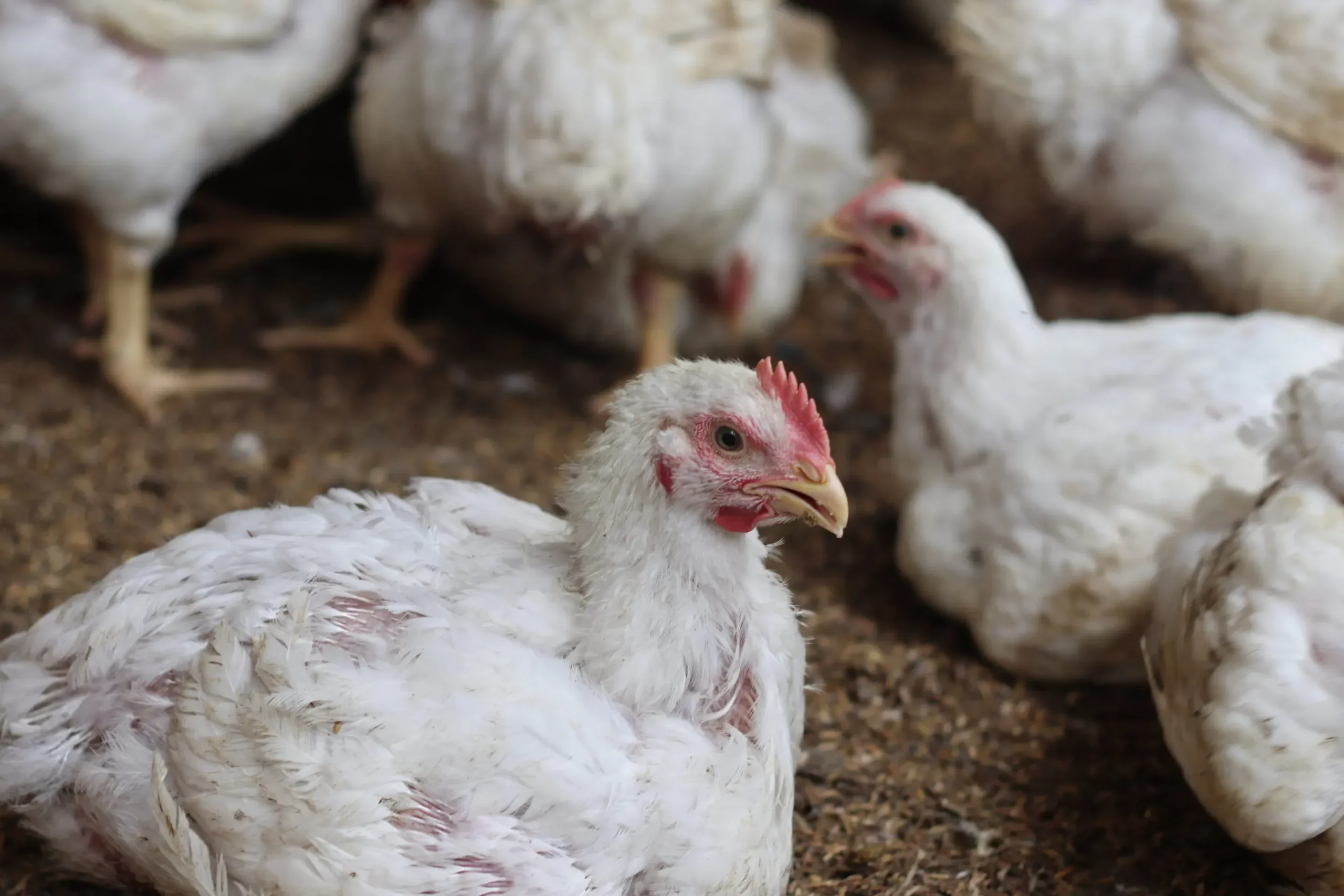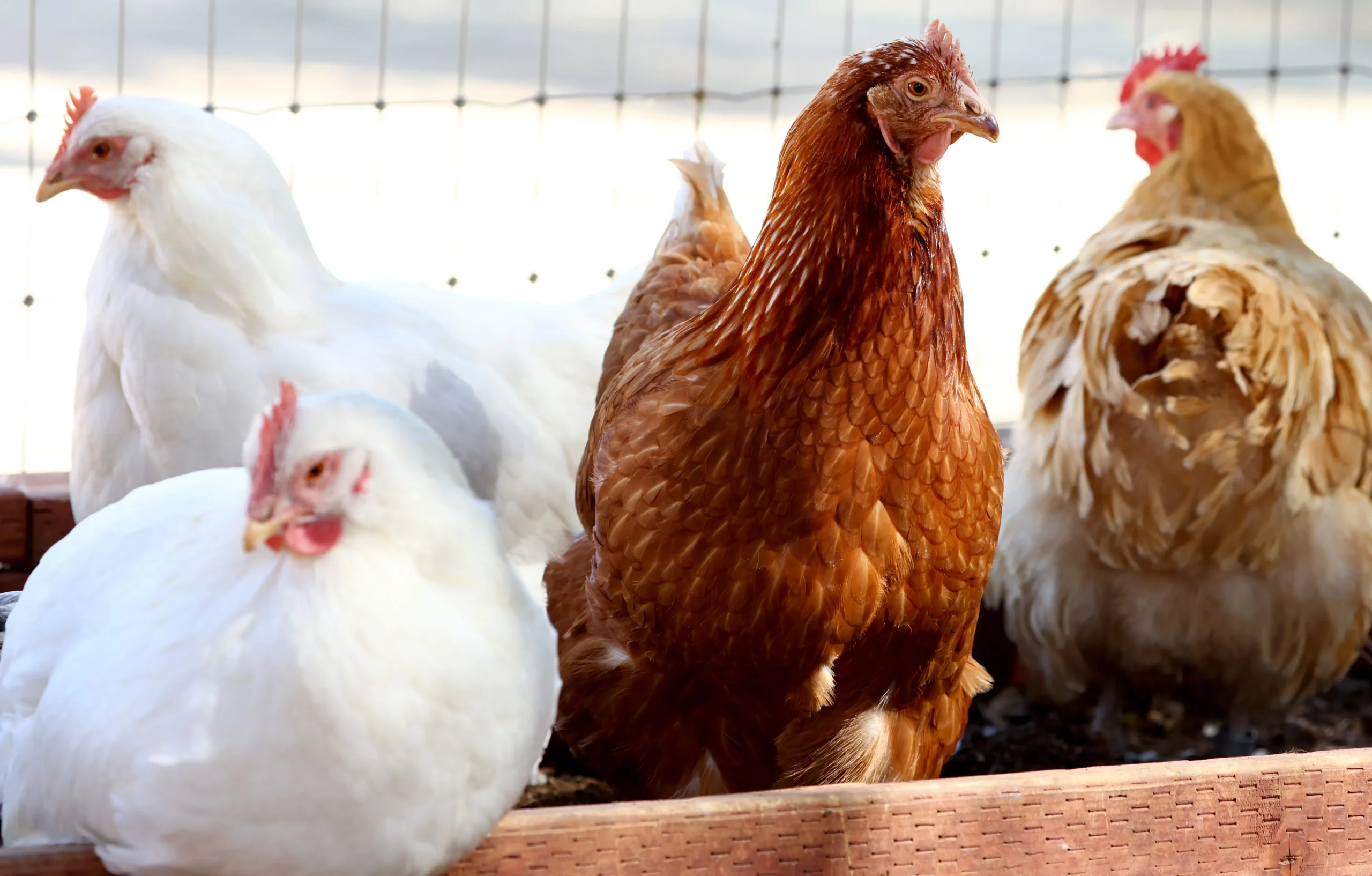
As the sun dips below the horizon, a somber scene unfolds on Idaho farms where cows, highlighted by the glare of an on-camera flash, peer through fences. This poignant image captures more than just a serene evening; it signifies the looming shadow of the bird flu outbreak that has unexpectedly breached species barriers. Initially identified in dairy cattle a year ago, this virus seemed like a fleeting concern, capable of affecting only a few isolated herds. However, recent developments have proven otherwise, escalating fears of a broader impact on both livestock and human populations.

The Department of Agriculture has not identified new infections in Idaho herds since October, suggesting a temporary respite. Yet, state officials in November disclosed cases with milder symptoms, indicating the virus’s persistent presence and potential evolution. This revelation has triggered concerns among scientists and the public alike, highlighting a crisis that has already seen the virus infect over 900 herds and dozens of individuals, tragically resulting in one fatality.
The Persistent Threat and Growing Concerns
The persistence of this virus and its capacity to infect humans have raised alarms about the possibility of a pandemic. Although a human pandemic is not deemed inevitable, the recent chain of events and expert opinions suggest that the threat is increasingly plausible. “A pandemic is not inevitable,” assert scientists, yet the passing of worrisome milestones such as potential reinfections among cattle has intensified the urgency of addressing this issue.

This ongoing saga of bird flu is more than a mere agricultural or health concern; it has evolved into a multi-faceted threat impacting economic stability, food security, and global health regulations. The interconnectedness of livestock health with human populations underscores the need for vigilance and proactive measures to mitigate further spread and potential mutation of the virus.
As we stand at the precipice of what could potentially become a global health emergency, the call for increased surveillance, stringent biosecurity measures, and ongoing research becomes louder. The situation, while currently contained to sporadic outbreaks, holds the potential to spiral out of control without coordinated efforts from global health authorities, governments, and the scientific community.

The story of bird flu’s incursion into human populations through dairy cattle serves as a stark reminder of our vulnerability to zoonotic diseases and the ever-present need for preparedness. As we navigate through these uncertain times, the lessons learned from this ongoing outbreak will undoubtedly shape our response strategies for future pandemics, emphasizing the importance of readiness and resilience in the face of viral threats.
